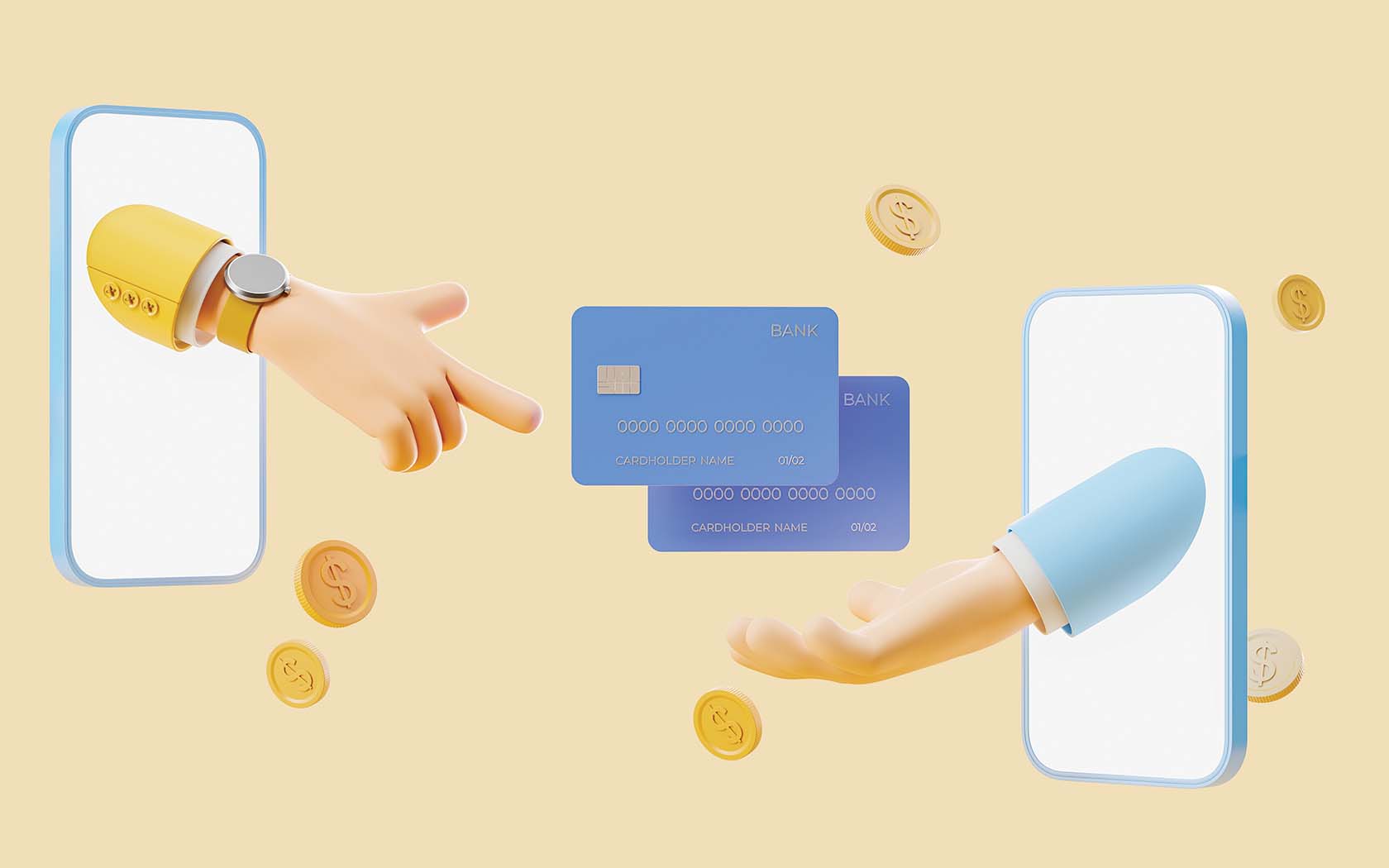Vendors share their specialized insight into the instant payments market to help community banks understand how they can grow in this technology-forward area.
Instant Payments Insights Every Community Bank Needs
July 01, 2025 / By Colleen Morrison
Vendors share their specialized insight into the instant payments market to help community banks understand how they can grow in this technology-forward area.
More than 1,300 financial institutions have signed onto FedNow—a key indicator that for many community banks, it’s no longer a question of if they engage with instant payments but when.
“Instant payments networks like FedNow aren’t just a technology upgrade. They’re a fundamental shift that levels the playing field for community banks,” says Scott Anchin, senior vice president of strategic initiatives and policy at ICBA. “Success requires viewing instant payments as a strategic opportunity.”
While that potential will look different for every community bank, they have one thing in common: The majority depend upon third-party providers to support their instant payments needs. As adoption grows and volume increases, these providers are pointing to the importance of identifying product opportunities through data, addressing small business needs, embracing application programming interface (API) strategies, and incorporating instant payments send into their portfolios.
Identifying opportunities through data
According to Mark Majeske, senior vice president of faster payments at payments infrastructure provider Alacriti, the proof of the instant payments opportunity lies in a bank’s existing data.
Consider, for example, that microloans serve as a dominant use case currently flowing through instant payments rails. That means community bank customers are using providers outside of their community bank, and while that’s a challenge, it also presents potential.
“The very fact that your customers are looking up and using microloans speaks volumes,” Majeske notes. “If your bank can create a product for that, it’s a new revenue opportunity.”
He encourages community banks to look at current customer behaviors to determine the right use cases for instant payments. “Analyze your data,” he says. “Each bank has a distinctive portfolio of customers. Figure out how faster payments can make their lives easier, and build use cases to make that happen.”
Meeting small business needs
For instance, with small businesses consistently focused on cash flow, instant payments create real, tangible opportunities.
“Those that really need to get paid the fastest are getting paid the slowest,” says Matt Wilcox, deputy head of financial institutions group and president of digital payments at Fiserv. “Really, the lifeblood not only of the community but of the community bank are those small businesses, and we’re making sure that segment is at the forefront, not at the end, of instant payments benefits.”
Case in point: Fiserv is pulling small business customers into its biller network, gaining information on their payment preferences—including instant payments needs—and then enabling those options. But the community banks that serve these businesses need to be online with instant payments for it to work.
“Community banks have got to be ready with FedNow send and receive, because we want to deploy this application for your small businesses,” Wilcox explains.
Embracing an API strategy
Quick Stat
~1.3K
financial institutions have signed up for FedNow as of June 2025
Source: The Federal Reserve
To address small business and other needs, an API strategy is key. “An open API strategy allows the bank to be truly top of wallet with instant payments,” says Tim Rozanski, senior vice president of sales at faster payments platform Pidgin. “They can touch customers at every point an API integration is possible.”
By taking advantage of a strong API strategy, community banks can tailor their product offerings to the needs of their customers and ensure a simplified user experience. At the same time, they will identify solutions to draw in new customers, maintain existing ones and support revenue goals. It’s a win-win for the community bank and its customers.
“We think that faster payments, in conjunction with a strong API strategy, can create a seamless customer experience in a way that, historically, was only aspirational at best,” notes Rozanski.
The future is instant
Providers consistently encourage community banks to at least get started with FedNow receive capabilities, but they also are now stepping up their drive for send.
“We call 2025 the year of the send of the instant payment network,” says Tede Forman, president of payment solutions at Jack Henry. “Community banks are focused on knowing their market, their risk appetite, and the ability to reproduce and iterate on what already makes them successful, leveraging instant payments.”
With that in mind, Forman recommends community banks get on board with receiving instant payments and then launch send capabilities based on their customers’ specific needs.
“At the end of the day, I’m out meeting with financial institutions all the time,” he says. “It’s table stakes for a community financial institution to turn on at least receive and, as they build their payments strategy, choose which use cases they want to start leveraging send for.”
Time will tell how instant payments will be most used, but experts agree they will benefit community banks and the customers they serve.
“Community banks are the organizations best positioned to find creative intersections between local market needs and instant payments capabilities,” says Anchin. “This combination of local insight with modern payment infrastructure creates a powerful competitive advantage that larger institutions struggle to replicate.”
Subscribe now
Sign up for the Independent Banker newsletter to receive twice-monthly emails about new issues and must-read content you might have missed.
Sponsored Content
Featured Webinars
Join ICBA Community
Interested in discussing this and other topics? Network with and learn from your peers with the app designed for community bankers.
Subscribe Today
Sign up for Independent Banker eNews to receive twice-monthly emails that alert you when a new issue drops and highlight must-read content you might have missed.
News Watch Today

Join the Conversation with ICBA Community
ICBA Community is an online platform led by community bankers to foster connections, collaborations, and discussions on industry news, best practices, and regulations, while promoting networking, mentorship, and member feedback to guide future initiatives.










